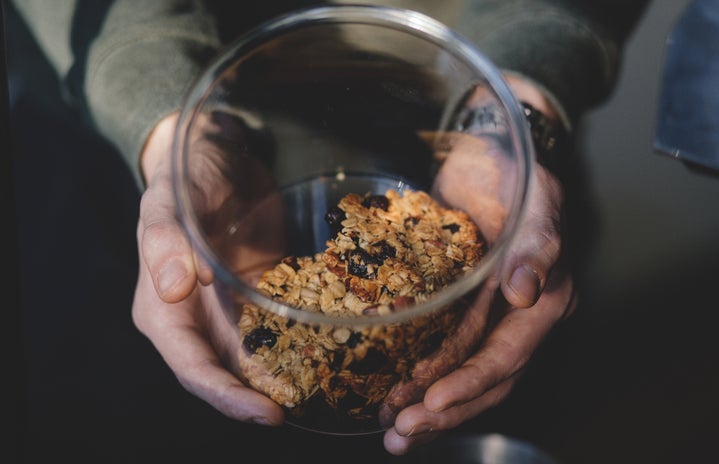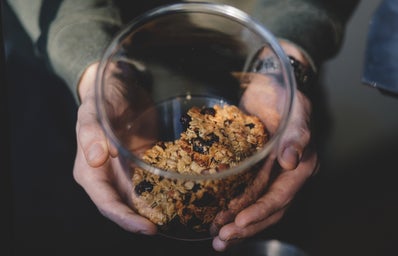From coconut milk to almond milk to oat milk and goat’s milk, healthy and delicious beverages can be found throughout the natural world, including from some sources that are unconventional to say the least. One such unexpected source for a cow’s milk alternative is spiders, and, yes, I am talking about those eight-legged creepy crawly things you enlist your parent/partner/BFF to kill for you when you find one at home.
Recently, a group of Chinese scientists discovered a kind of spider that undergoes a process similar to the lactation once thought to be exclusively carried by mammals. The spider, officially called Toxeus magnus are jumping spiders and bear a resemblance to ants. The breed of spiders feed their young by producing fluid that the mother excretes through an opening in her abdomen, called an epigastric furrow, Science Alert reports.
Like mammals, the spider only feeds her young until they reach a certain level of maturity in their developmental process, such as acquiring the ability to forage for themselves. According to Ars Technica, the spiders produce milk through a specific organ, designed for that exact purpose. Research suggests the milk is made up of unviable eggs.
As off-putting as the concept of spider’s milk may be at first, Ed Yong of The Atlantic wants you to hold off on completely overturning all preconceived notions for what exactly constitutes ‘milk.’ Yong contends that whether the spider’s milk officially counts as milk all depends on how you define the term.
In the strictest definition of the word milk, “spider milk” would not qualify since the Toxeus magnus is not a mammal and therefore lacks the mammary gland essential to producing what we traditionally consider ‘milk.’ However, Yong writes that “if you stretch the description to include any parental secretion that nourishes and provides for the young, then milk-like stuff starts cropping up in many unexpected corners of the animal kingdom.”
The discovery also has positive, if not, endearing implications for our understandings of spiders. Previously, the jumping spiders were thought to be lone animals that eschewed social organization. But now, scientists see that this particular breed of jumping spider actually lives in close-knit family circles, with mothers who care for and look after their young.
And if that doesn’t just warm your little mammalian heart we don’t know what will….


